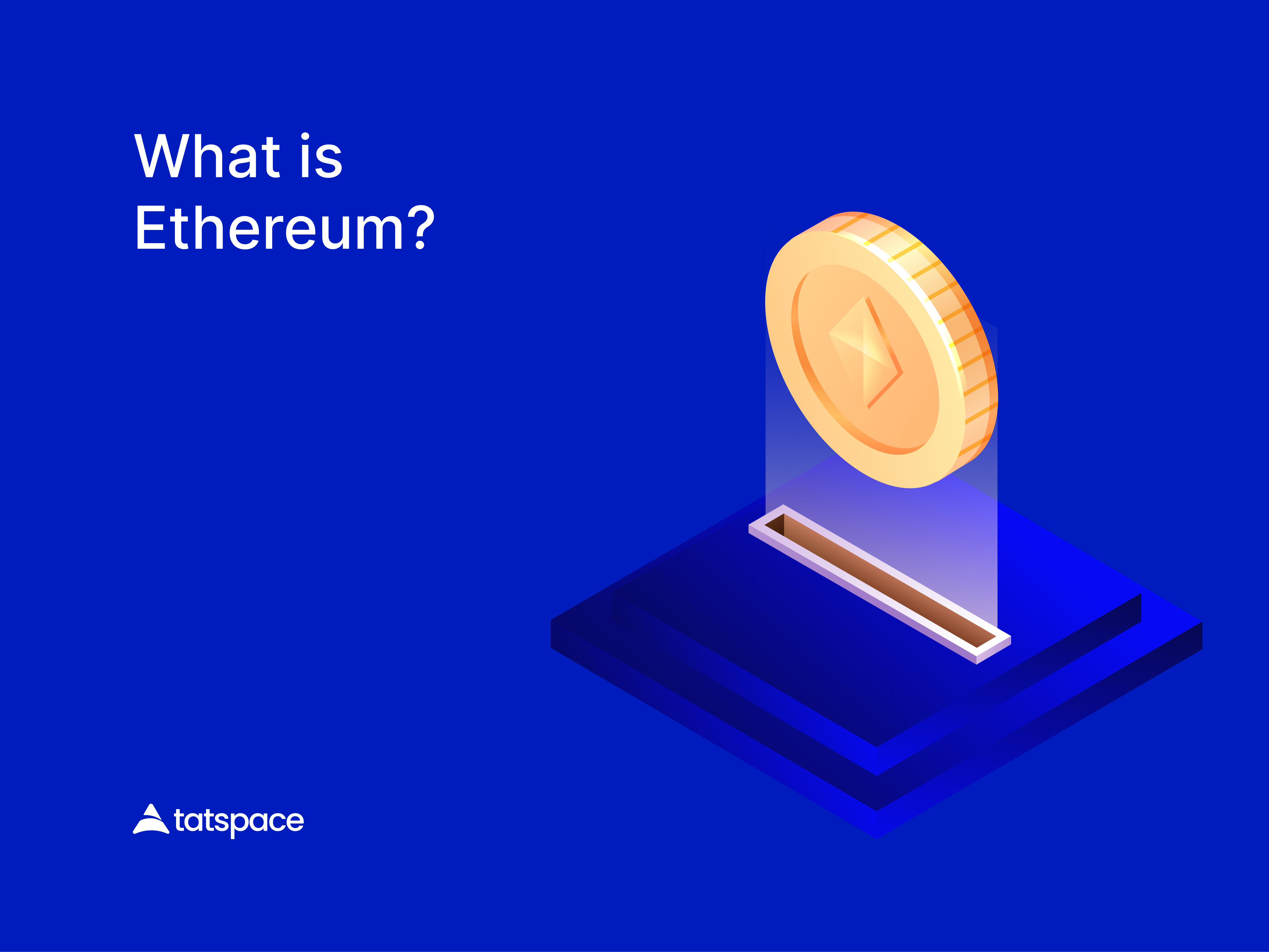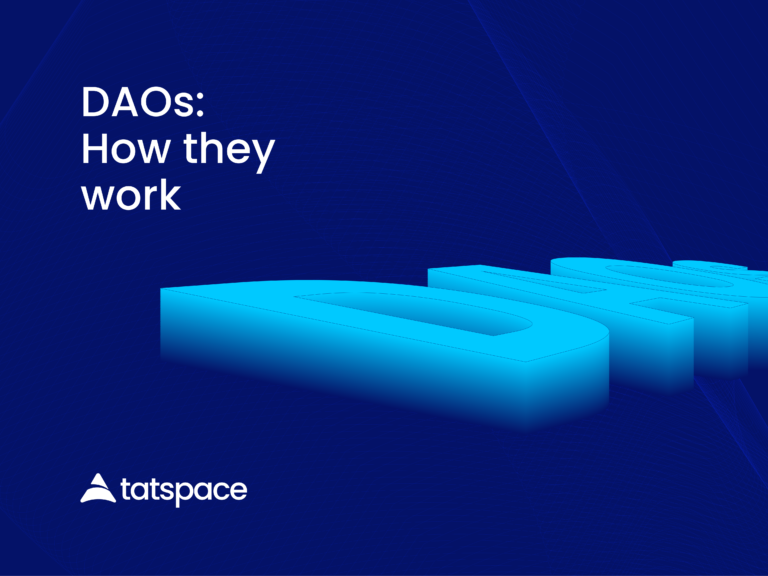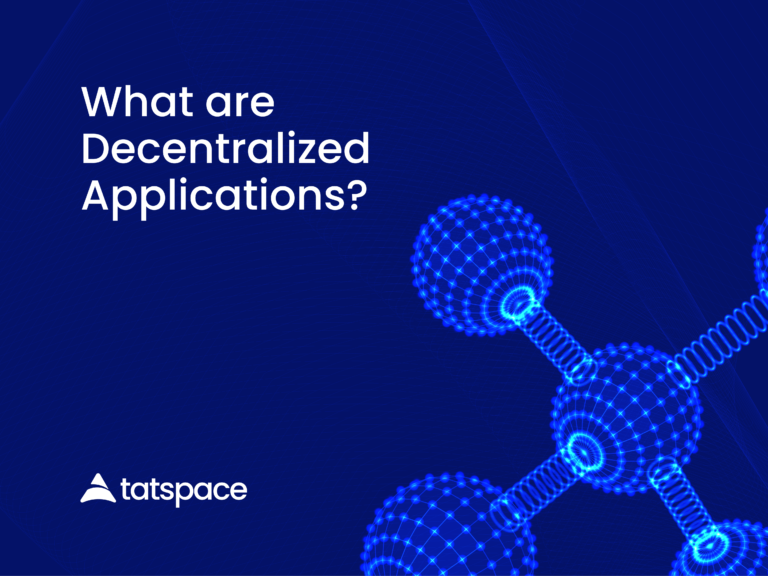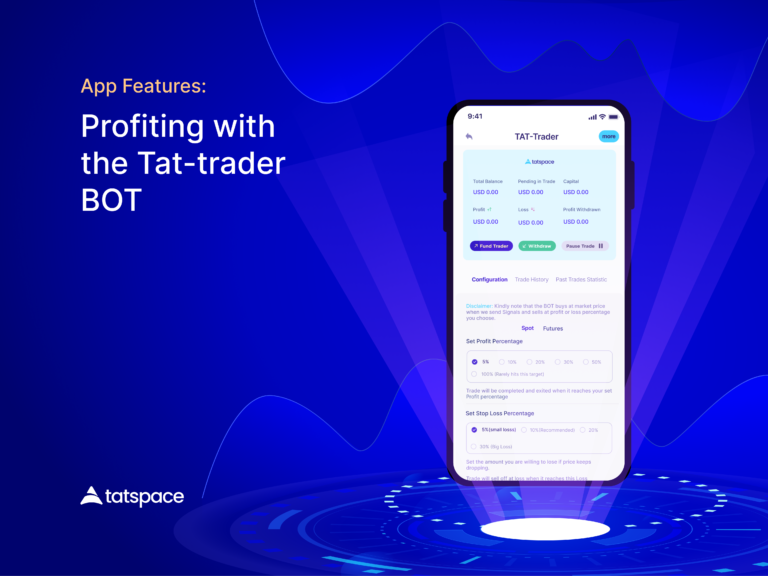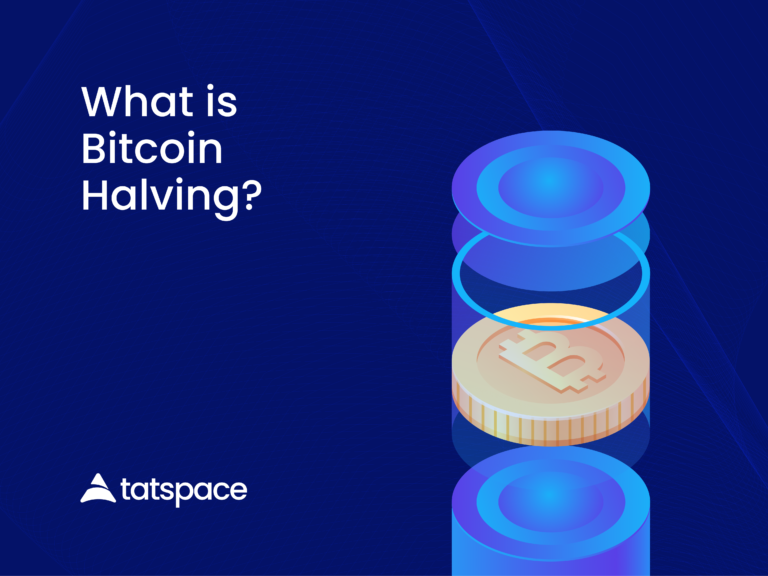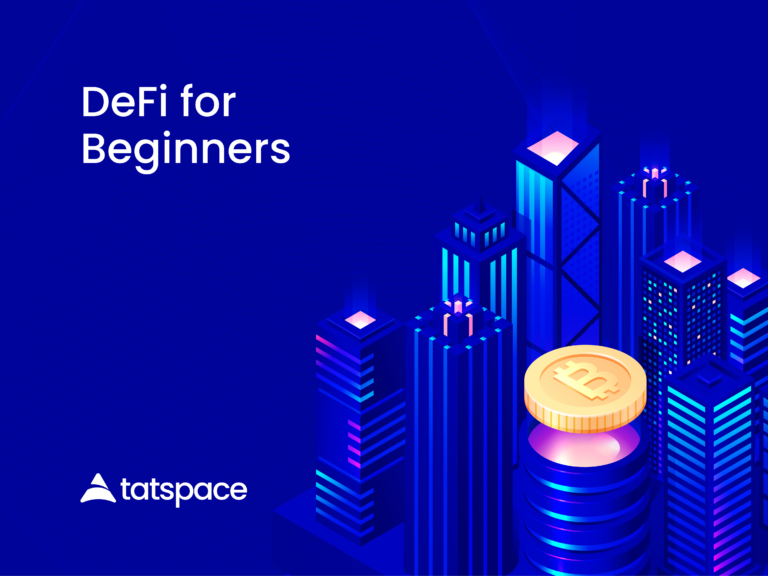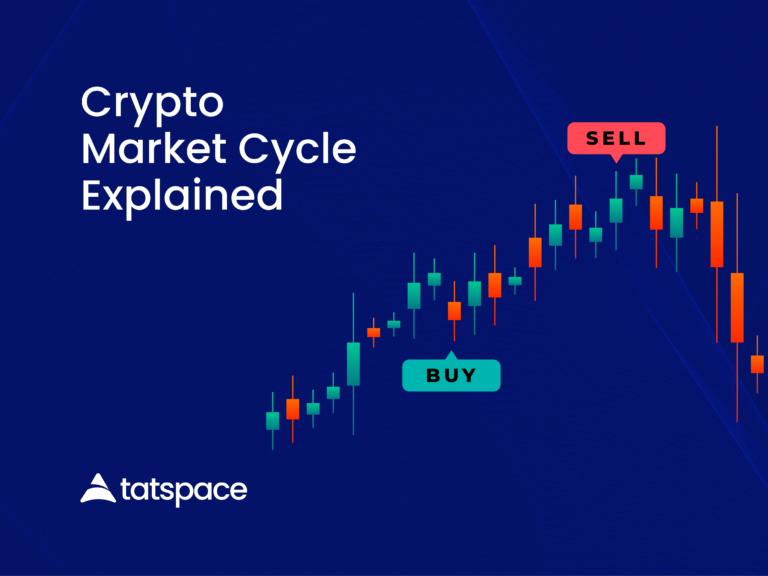When I first learned about Bitcoin and Ethereum, I wondered why we needed them both. Why do we need Ethereum when we already have Bitcoin? Is it possible that the solution Bitcoin was to profer isn’t enough? I had to do some research to understand why both coexist today.
In this piece, I am going to tell you while we need both. You will also learn why Ethereum is so special. First, it is the most popular crypto currency after Bitcoin. By market capitalization (its financial value) it is also second only to Bitcoin.
For some people, Ethereum appears to be the most important crypto currency in existence. This is largely due to the way it is built and what it can do. It does things that Bitcoin cannot do in its current form. So, let’s dive in to learn about this amazing Project that has made a big difference.
What is Ethereum?
Before I get into the technicalities, here’s a simple way to look at it from our everyday experience:
The Ethereum Analogy
Think of the biggest industrial community in your country. You may refer to this community as Ethereum City. Everyone who has a great idea can migrate to this community. They can buy a piece of land there and build a big company that employs many people.
There are all kinds of industries in this community. All of these run on the resources found in this community. They all also pay tax to the community.
This community is run by its inhabitants through communal votes. No single individual is in control. Rather, all stakeholders ensure the community remains safe so more innovations can thrive in it. It is the duty of every well meaning inhabitant to ensure the security of the city. This community ships its products to the rest of your country and beyond.
This is similar to what Ethereum, the cryptocurrency version, does. However, Ethereum is not a physical place, but a digital city – written in codes. Second, Ethereum is Money! Yes, remember that crypto currencies are digital monies, but better. Third, Ethereum is not confined to one location like your industrial community. Instead, it operates on a distributed network of computers. This computers are found all over the world.
Ethereum Explained
Therefore, we can say that Ethereum is a Decentralized Digital Computing platform. It is a computer that anyone can access from any part of the world. This computer runs on so many machines all over the world at the same time. There is no single ownership or claim to it. This is similar to the way Bitcoin runs, right?
For instance, you can transfer money digitally on Ethereum, just like with Bitcoin. However, Ethereum does so much more than that which Bitcoin does. It allows you to build and run your own products on it too. You can do this in the form of codes. Users can equally interact with any product others put on Ethereum. They simply do so by connecting their Ethereum wallet to the program.
Tech Builders and developers believe Ethereum is so easy to handle. This is why it is possible for many programs to exist on it. Instead of digital products and programs running on centralized platforms, they can now run on Ethereum. The possibility of shutting them down is no longer there. This is because Ethereum cannot be stopped by a single person or institution. Not even any of the nations in the world can stop it.
Ethereum is a programmable money. It is money, like Bitcoin and other crypto currencies. However, it is the first and the biggest money that lets you create more monies. Anyone can build anything they can think of on it. It is a Decentralized Digital world, accessible to everyone.
The Technology Ethereum runs on
Ethereum is powered by the blockchian technology too. Its blockchain was originally designed to run on a Proof of Work consensus algorithm. However, we now have Ethereum 2.0 which runs on the Proof of Stake consensus. Both versions are running alongside each other currently. Soon, there is going to be a complete switch over to Ethereum 2.0.
Ethereum’s blockchian is run by a peer to peer network existing all over the world. No one owns it. As a result, every program existing on Ethereum is immutable. Nobody can change or erase them. More than half of the network must approve any changes before they take effect.
This is so because these programs are codes on the blockchian. Most are also impossible to edit. This depends on their programming. But all information are transparent and visible on Ethereum’s public Blockchain.
This amazing capability we see in Ethereum has made it a favourite for many developers and innovators across the globe. They can use Ethereum to launch programs no one will be able to put an end to. What does this tell you? Any program anyone releases onto the Ethereum network can run forever!
Developers release these programs onto Ethereum via Smart Contracts. Smart Contracts are self executing contracts that developers release onto the Blockchain. They follow a set of instructions that are in the codes. They do not need humans to operate them.
How does Ethereum Smart Contracts work?
There’s something that makes it possible for Ethereum to run Smart Contracts. It is the Ethereum virtual machine. It helps to translate smart Contracts on Ethereum to instructions a computer can easily understand.
When a user interacts with a program that runs on Ethereum, they trigger its Smart Contract via a transaction. The Ethereum network participants receives notification about this transaction. They run this contract’s code on the EVM and record the output on the Blockchain.
These Smart Contracts codes are in a way they can be read by EVM. To deploy them, they are sent to a special address that registers the contract. This makes it accessible to anyone. Erasing this is impossible once it starts running, unless there’s a specification in the code that lets that happen.
How does Ethereum transfer value?
The name Ethereum refers to the protocol itself – the Ethereum Blockchain. The Bitcoin Blockchain refers to its currency as bitcoin (begins with lower caps). But the Ethereum network uses a currency called ether (or ETH). Ethereum uses ether (ETH) to transfer value across it’s network. While Ethereum refers to the entire network, ether (ETH) refers to the token in use on the network. Both are not interchangeable.
Who is Ethereum’s Creator?
In 2013, a 19 year old programmer whose name is Vitalik Buterin proposed the idea. He did this via a blog post with this tile – “Ethereum: The Ultimate Smart Contract and Decentralized Application Platform.”
Vitalik envisioned the idea of a decentralized computer that will be capable of running any program. He wanted to try out other possibilities for the Blockchain that expends on what Bitcoin originally set out to do. Eventually, in 2015, Ethereum was launched via public token sale (also known as Initial Coin Offering).
It’s coin supply at the time of launch was about 72million ether, 50 million of which was distributed to the public. While Bitcoin has a fixed maximum supply of bitcoins, Ethereum does not have a fixed maximum supply of ether. However, both coins are mined same way – they are rewards paid to miners who solve mathematical puzzles.
Ethereum Mining
Mining on the Ethereum Blockchain works similar as the Bitcoin Blockchain. Several nodes (miners) are constantly competing to be the first to solve mathematical (cryptographic) puzzles. To be chosen to mine a block, these miners need to be as fast as possible.
The speed or power with which the miners try to solve this puzzle is measured in hash rates. When there is an overall increase in the mining hash rate of the network, the puzzle becomes harder to solve. This makes mining extremely expensive to maintain. Low income miners may end up going out of business as a result.
Once a miner solves a puzzle successfully, it is now easier for the other participants to verify the result’s accuracy. The block, if valid, is then put on top of the Blockchain pand the cycle continues.
Ethereum Mining Rewards
The miners receive an incentive for being successful. This covers for their expenses on the computational power. The incentive involves all the fees users pay for the transactions in the block. Additionally, they get some newly minted ether as reward too. This is about 2 ether for each block.
This is how new ETH tokens are introduced into circulation. Remember, ether currently does not have a cap on its supply. This can affect the rate at which the value of the token increases over time. However, Ethereum now have a burning mechanism to permanently remove some ether from circulation.
Ethereum Network Fees
It takes about 12 – 19 seconds to mine one block on the Ethereum Blockchain. This is quite slow. The rate at which users submit transactions is increasing daily. Some people may have to wait a while before validators can confirm their transactions.
Therefore, users have to compete to have their transactions confirmed fast. They do this by including a higher amount of ether as fee with their transaction. Subsequently, this drives up the cost of the network fee on the Ethereum Blockchain. Definitely, no one wants their transaction to be left hanging or rejected.
In the end, more people keep finding Ethereum hard to use because of increasing network fee. You can also call this network fee Ethereum Gas.
Why does Ethereum need Gas to function?
Ethereum gas serves as an incentive to miners who spend a lot of money to keep the network secure. But the major purpose of the Ethereum gas fee is to discourage spamming of the network by crazy and bad actors.
Imagine a situation where someone deploys a looping contract on Ethereum. This continues to submit transactions without end. If there are no Gas to pay, node operators (miners) will have to run this forever. Doing this repeatedly can only clog the system. It becomes worse when there are many such contracts in existence. This may lead to the network’s collapse.
The existence of gas is to make this very expensive to the person who may venture into it. They will have to pay through their nose to have a transaction running ceaselessly on the Blockchain. It also benefits the miners who collects the gas fees as incentive.
Ethereum Gas is payable with ether. It actually requires a very small fraction of ether, as I noted earlier. The smallest fraction of ether is known as gwei. You remember how the smallest fraction of Bitcoin is Satoshi?
A gwei is about 1 piece taken out of ether when divided into a billion pieces. You can imagine how small this is. Hence, Ethereum gas can cost something like 200 gwei, 146 gwei, 87 gwei, etc. It is usually much more than my examples in reality.
Gas Limit
Note this: transactions on Ethereum take time to go through. Those who want their transactions to go through fast increase their gas price. Users can decide the maximum amount of gas they want to spend for any transaction.
If a user submits a complex transaction, they will need to have enough gwei (fraction of ether) to pay as gas fee. When their ether (or gwei) balance is not enough for how much gas is needed, their transaction will not go through.
If the gas limit they set is not sufficient due to the complexity of their transaction, it will also not go through. It doesn’t matter if their set gas price is enticing to the miners. Their transaction costs more.
The gas price you set will decide if your transaction is picked first. Your gas limit will decide if your transaction goes through. This happens when your transaction becomes more complex than you expected. Sometimes, you may initiate a transaction without knowing how complex it can get for miners. Your gas limit helps you checkmate how much you want to spend overall.
The Dilemma
Being able to set gas limit will help you prevent paying more than you’re willing to spend for a transaction. This sounds good, right? But what if your transaction is very important for you?
Ethereum leaves you no option, unless you can wait until gas fees drop to your level. Otherwise, you are forced to increase your gas limit if you don’t want your transaction to bounce back.
Miners will always go for those people who set a higher Gas price. Who doesn’t like good money? Besides, they’ve got bills to pay if they don’t want to go out of business.
No need to blame them. Should many miners drop due to no incentive, the network becomes less secure. It is feared that this may happen when Ethereum fully migrates to Proof of Stake consensus mechanism. A situation where Validators will leave the network because of low turn up in profit.
When Ethereum shifts fully to the Proof of Stake consensus mechanism, it is expected that its network fee (Gas) will drop. Whether this becomes the case, is still uncertain. But the energy consumption rate is projected to become 99 times lower. This will make transaction processing faster.
Ethereum Token Standard
Developers of any project can mint other tokens on the Ethereum Blockchain. This is done using a token standard known as ERC20. This is possible through the use of Smart Contract rules. A developer can twerk these rules to set their own parameters for their token.
We are going to discuss token standards in detail in another article.
Conclusion
You have seen how Ethereum is so much more than a simple way to transfer value.
Anyone can build any decentralized application they can think of. Any program that launches on this network, runs forever. This makes it completely free from censorship, and central control. Even the program’s creators do not have a way of ever stopping this. The programs run on smart contracts that are directly on the Blockchain.

